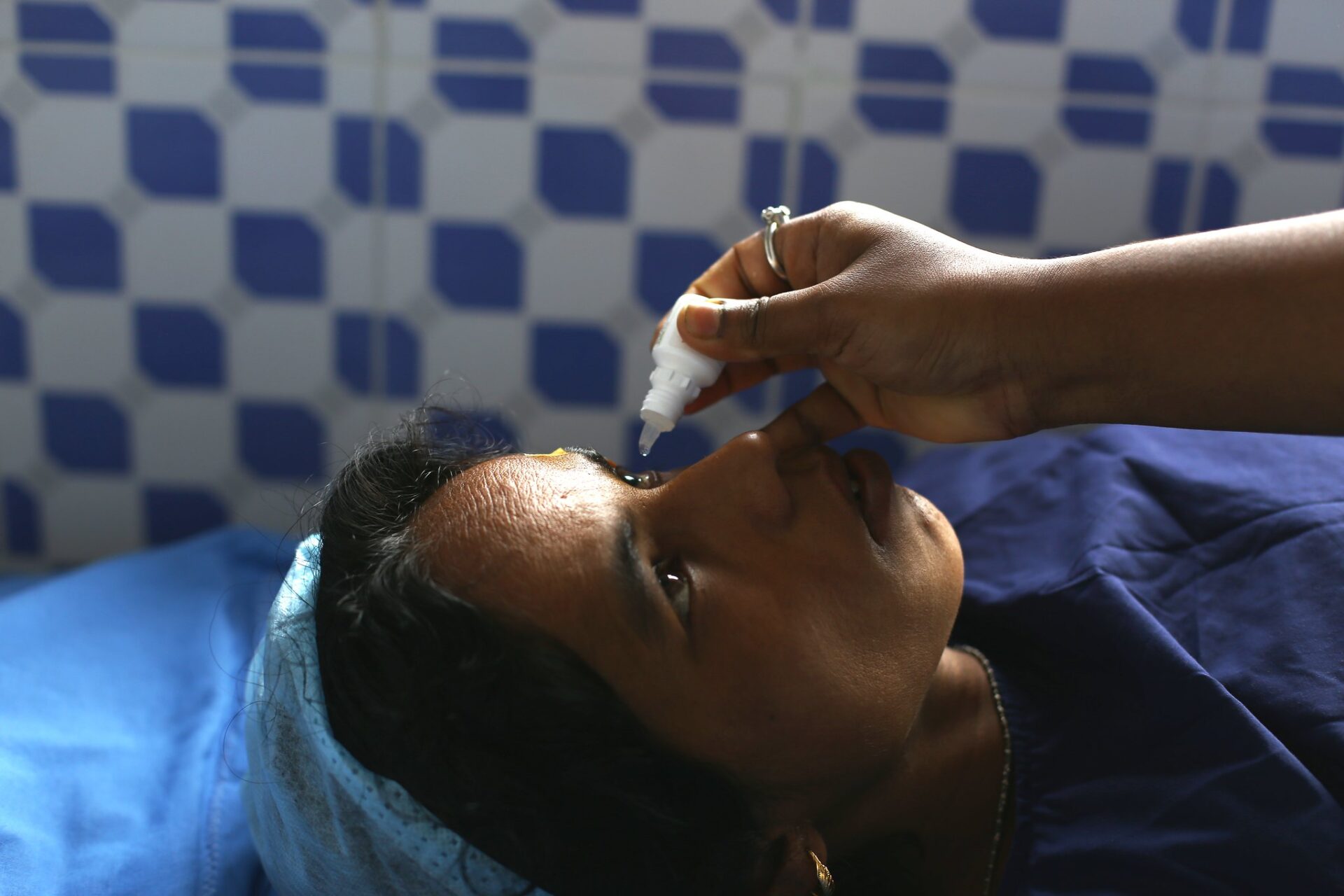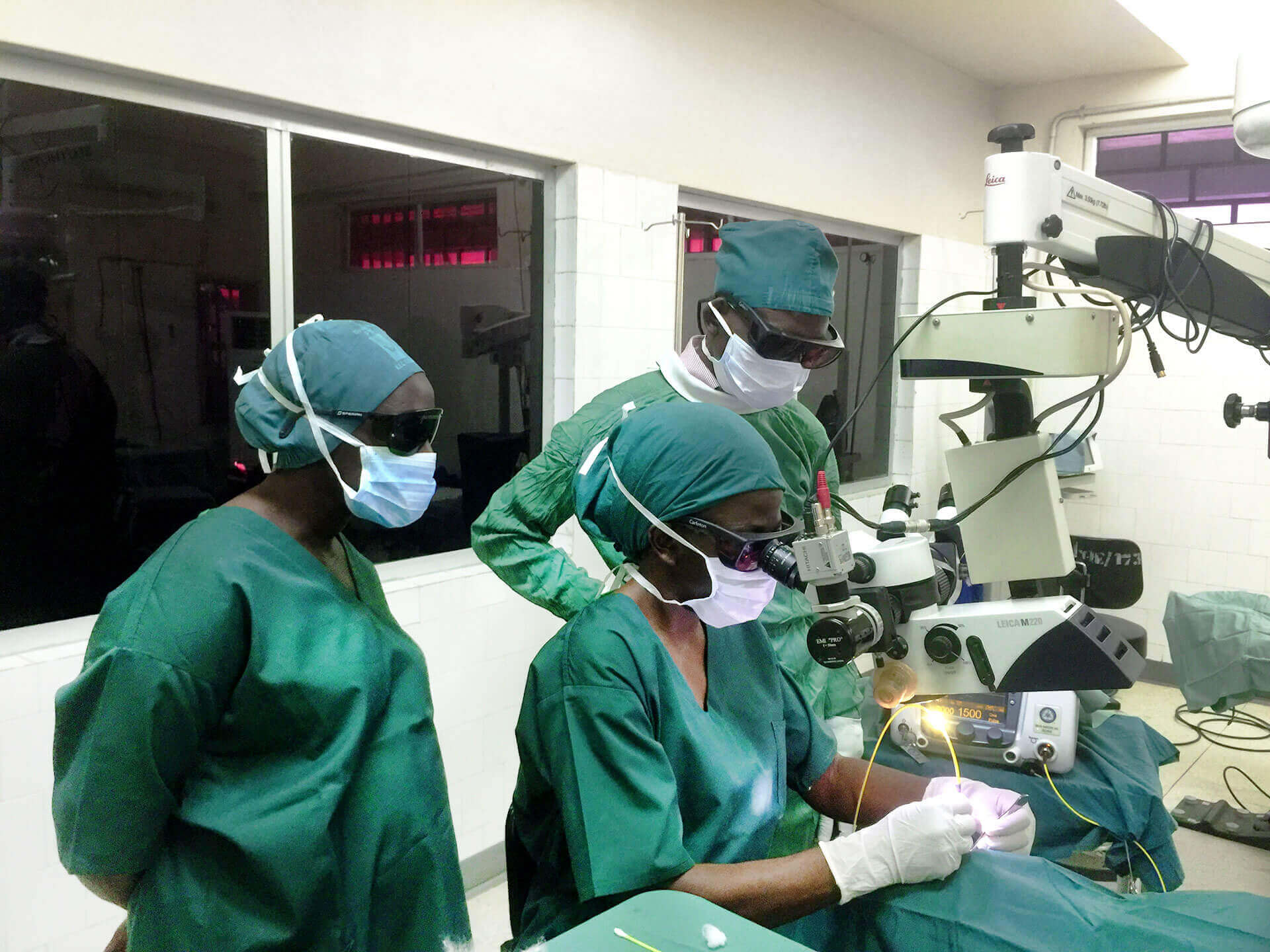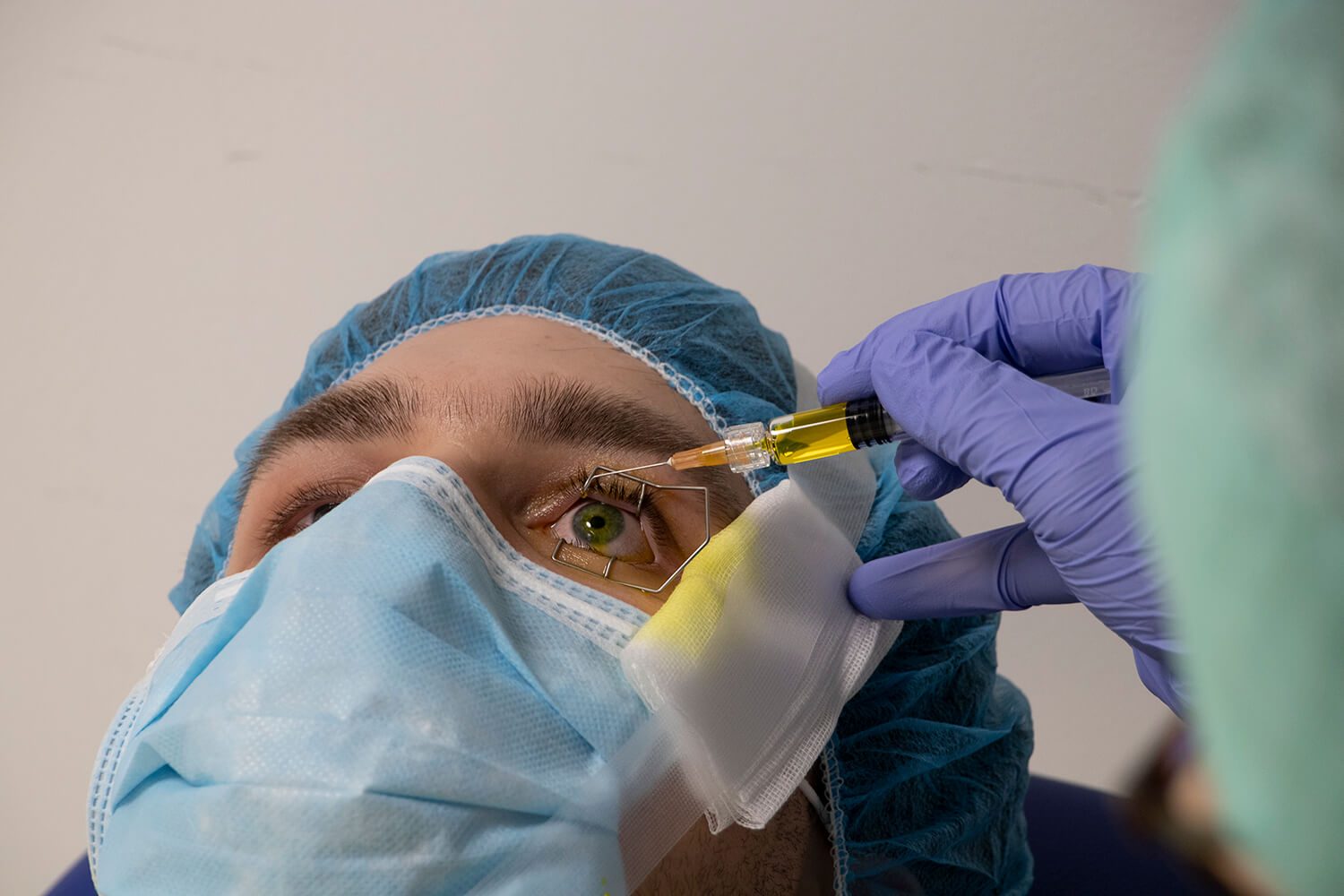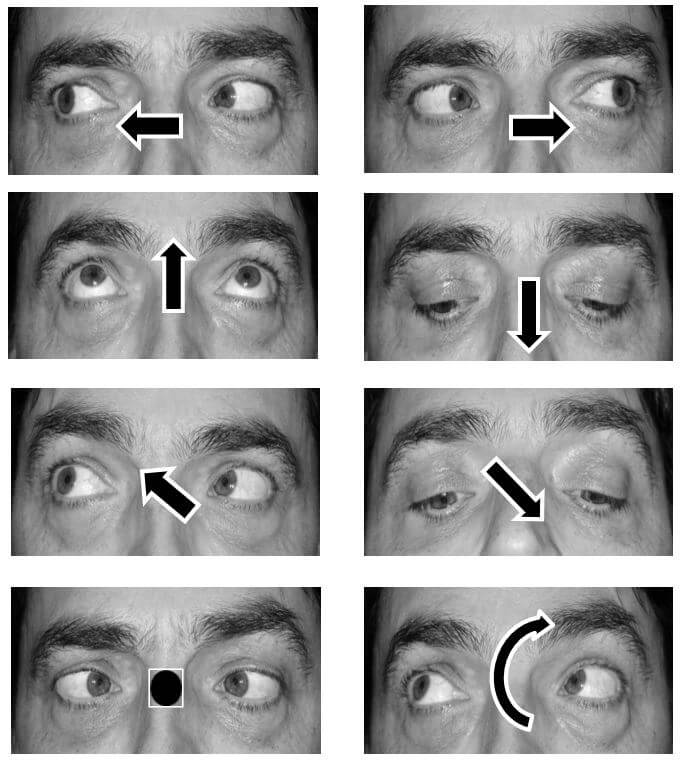In higher age, our eyesight is threatened by cataract - a cloudy area which forms behind the lens of the eye. Cataract may lead to blurry vision and blindness, and until now, the only treatment is surgery. As surgeries are expensive and have a difficult stand in some cultures, there is a global imbalance in the distribution of cataract. A magic bullet, a non-invasive treatment against cataract, is needed to protect the eyesight of everyone.
The search for eye drops treating cataract
Cataract is the leading cause of blindness worldwide, affecting millions. Currently, the only treatment option is surgery. The surgery is expensive, requires well-trained staff and infrastructure. Additionally, some cultures are sceptical towards surgeries. Today, the cataract treating surgery is often performed in high-income countries, but much less in low- and middle-income countries. The project identified this bottleneck and aims to find an acceptable and affordable treatment option for everyone.
In cataract, parts of the lens, namely specific proteins, lose their form and start to accumulate. This accumulation of proteins is called aggregation and leads to the loss in lens transparency and thus blurry vision. During the surgery these aggregations are removed. The team around Daniel Segal has the vision to develop eyedrops able to dissolve these aggregates, and thus offer a replacement option for the surgery.
The international and multidisciplinary project team chose an innovative approach: From research studies around other diseases, it is known today that chemical compounds exist which are able to dissolve protein aggregates. These compounds will be tested in lab scale experiments on isolated parts of cataract. A series of experiments and evaluation criteria were defined to examine these compounds as a treatment against cataract. If successful, the project team will present candidate compounds which can be included in eyedrops.
This innovative research is possible thanks to the collaboration of three investigators: Daniel Segal in Israel teamed up with Jay Kant Yadav in India who combine their expertise in biotechnology and molecular biology. Shiri Soudry adds to this collaboration with her complimentary skills in clinical and surgical ophthalmology. The project also includes the training of an early-stage researcher and the build-up of a specialized laboratory facility. Through conferences, lectures and podcasts the knowledge gained in this project will be transferred within academia and to the broader society.
The project team aims to overcome the threat of cataract for older people, globally. An affordable and widely accepted treatment for cataract is urgently needed and the selected approach is promising.
 Share
Share


